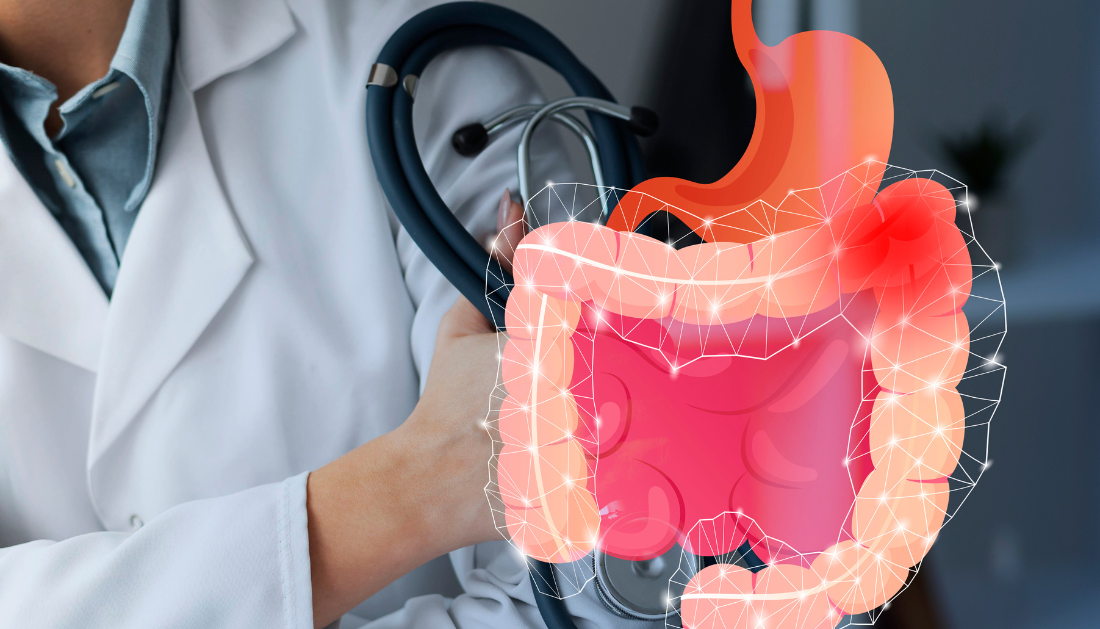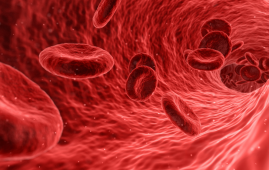

Researchers examined the relationship between the intake of ultra-processed foods (UPF) and gastrointestinal (GI) cancers as well as other causes of death in Southern Italy in a recent study that was published in Nutrients. Their results highlight the need for dietary modifications by showing a link between higher UPF intake and an increased risk of GI cancer mortality as well as all-cause mortality.
Context
Previous studies have shown that chronic illnesses including cancer, type 2 diabetes, and cardiovascular disease are the main causes of death globally and that one important modifiable factor for prevention is food.
Globally, UPFs currently account for between 30% and 50% of daily calorie intakes; this percentage is rising even in Mediterranean regions, which have historically had better diets.
The Nova classification draws attention to the fact that UPFs are industrially produced, frequently containing additives and deconstructed food ingredients, and are heavy in carbohydrates and fats but low in nutrition.
Consuming UPF has been connected in studies to several health problems, like as gut dysbiosis and an increased risk of cancer, especially colorectal cancer.
Despite these results, there is still more to learn about how UPF intake affects death from all causes and gastrointestinal malignancies.
Concerning the study
This study looked at the relationship between UPF consumption and mortality in a population in southern Italy to fill in knowledge gaps.
4,870 participants were included in the study from two cohorts in Southern Italy. In the Nutrition and Hepatology (NUTRIHEP) trial, adults from general practitioner registries in Putignano were involved, while subjects randomly selected from Castellana Grotte electoral records were followed over several years in the Minerals and Cardiovascular Outcomes in Longitudinal (MICOL) study.
The European Prospective Investigation on Cancer (EPIC) Food Frequency Questionnaire (FFQ) was used to collect sociodemographic, health, lifestyle, and nutritional data from participants during interviews. Participants also gave their written and informed consent.
In addition to taking physical parameters like height, weight, and blood pressure, fasting blood samples were examined for biochemical markers.
The Nova classification, which divides foods based on processing intensity, was used to evaluate and classify UPF consumption. Based on their daily UPF intake, the study subjects were categorized into quartiles.
Estimating hazard ratios (HRs) and subdistribution hazard ratios (SHRs) for specific causes of death, such as cancer, GI disorders, and cardiovascular disease, as well as all-cause mortality was the goal of the analysis.
Results
935 participants (19.2%) lost their lives throughout the study period; across a total of 27,562.3 person-years, the incidence rate was 33.9 fatalities per 1,000 person-years.
Of the dead, 261 (or 29.5%) perished from heart-related conditions, and 268 (or 28.7%) from different types of cancer. Of them, 396 (42.3%) died of various causes, and 105 (11.2%) died of gastrointestinal malignancies (including 22 colon cancers, 34 liver and intrahepatic bile duct tumors, and 20 pancreatic cancers).
Subsequent analysis indicated that individuals in the highest quartile had a 34% higher risk of mortality from all causes (SHR 1.34), and those in the third quartile had a 27% higher risk (SHR 1.27) compared to the lowest UPF quartile.
In particular, there was a dose-dependent connection for GI cancer mortality, with the risk being significantly higher in the second quartile (SHR 1.65) and the fourth quartile (SHR 3.14). Furthermore, a 61% increased risk of developing other cancer types was seen in the third quartile (SHR 1.61).
These findings point to a strong correlation between higher UPF consumption and a higher risk of death, especially from gastrointestinal malignancies, and emphasize the need for dietary interventions aimed at lowering UPF intake.
In conclusion
This study’s results, which show a positive, dose-dependent correlation between UPF intake and the incidence of gastrointestinal cancer and overall death, corroborate earlier studies.
This study emphasizes the growing risk associated with higher UPF intake, especially for younger people in Mediterranean nations where UPF use is growing since it’s more convenient and affordable.
Using a competing risk method and trustworthy cancer registry data are two of the study’s strong points. However, its drawbacks include the possibility of residual confounding and the incompleteness of baseline food frequency questionnaires in gauging the degree of food processing.
In contrast, other research has found connections between UPF intake and several malignancies and metabolic disorders, including type 2 diabetes, colorectal and breast cancer, and others. UPFs’ high-calorie density, added sugars, and fats raise the risk of obesity and other metabolic disorders, which are major chronic disease risk factors.
Subsequent investigations must endeavor to elucidate the causal pathways linking UVFs and health consequences, taking into account variables such as dietary composition and food additive effects.
To reduce UPF-related health risks and support traditional Mediterranean eating patterns, public health measures and dietary education initiatives are essential.
For more information: Ultra-Processed Food Consumption as a Risk Factor for Gastrointestinal Cancer and Other Causes of Mortality in Southern Italy: A Competing Risk Approach, Nutrients, https://doi.org/10.3390/nu16131994
more recommended stories
 Fat-Regulating Enzyme Offers New Target for Obesity
Fat-Regulating Enzyme Offers New Target for ObesityKey Highlights (Quick Summary) Researchers identified.
 Spatial Computing Explains How Brain Organizes Cognition
Spatial Computing Explains How Brain Organizes CognitionKey Takeaways (Quick Summary) MIT researchers.
 Gestational Diabetes Risk Identified by Blood Metabolites
Gestational Diabetes Risk Identified by Blood MetabolitesKey Takeaways (Quick Summary for Clinicians).
 Phage Therapy Study Reveals RNA-Based Infection Control
Phage Therapy Study Reveals RNA-Based Infection ControlKey Takeaways (Quick Summary) Researchers uncovered.
 Pelvic Floor Disorders: Treatable Yet Often Ignored
Pelvic Floor Disorders: Treatable Yet Often IgnoredKey Takeaways (Quick Summary) Pelvic floor.
 Urine-Based microRNA Aging Clock Predicts Biological Age
Urine-Based microRNA Aging Clock Predicts Biological AgeKey Takeaways (Quick Summary) Researchers developed.
 Circadian Control of Neutrophils in Myocardial Infarction
Circadian Control of Neutrophils in Myocardial InfarctionKey Takeaways for HCPs Neutrophil activity.
 E-Cigarette Use and Heart Attack Risk in Former Smokers
E-Cigarette Use and Heart Attack Risk in Former SmokersKey Takeaways for Clinicians and Nurses.
 36-Week Pre-eclampsia Screening May Reduce Term Risk
36-Week Pre-eclampsia Screening May Reduce Term RiskA New Preventive Strategy for Term.
 Cardiovascular Risk and Sudden Cardiac Death in Diabetes
Cardiovascular Risk and Sudden Cardiac Death in DiabetesRising Sudden Cardiac Death (SCD) Risk.

Leave a Comment